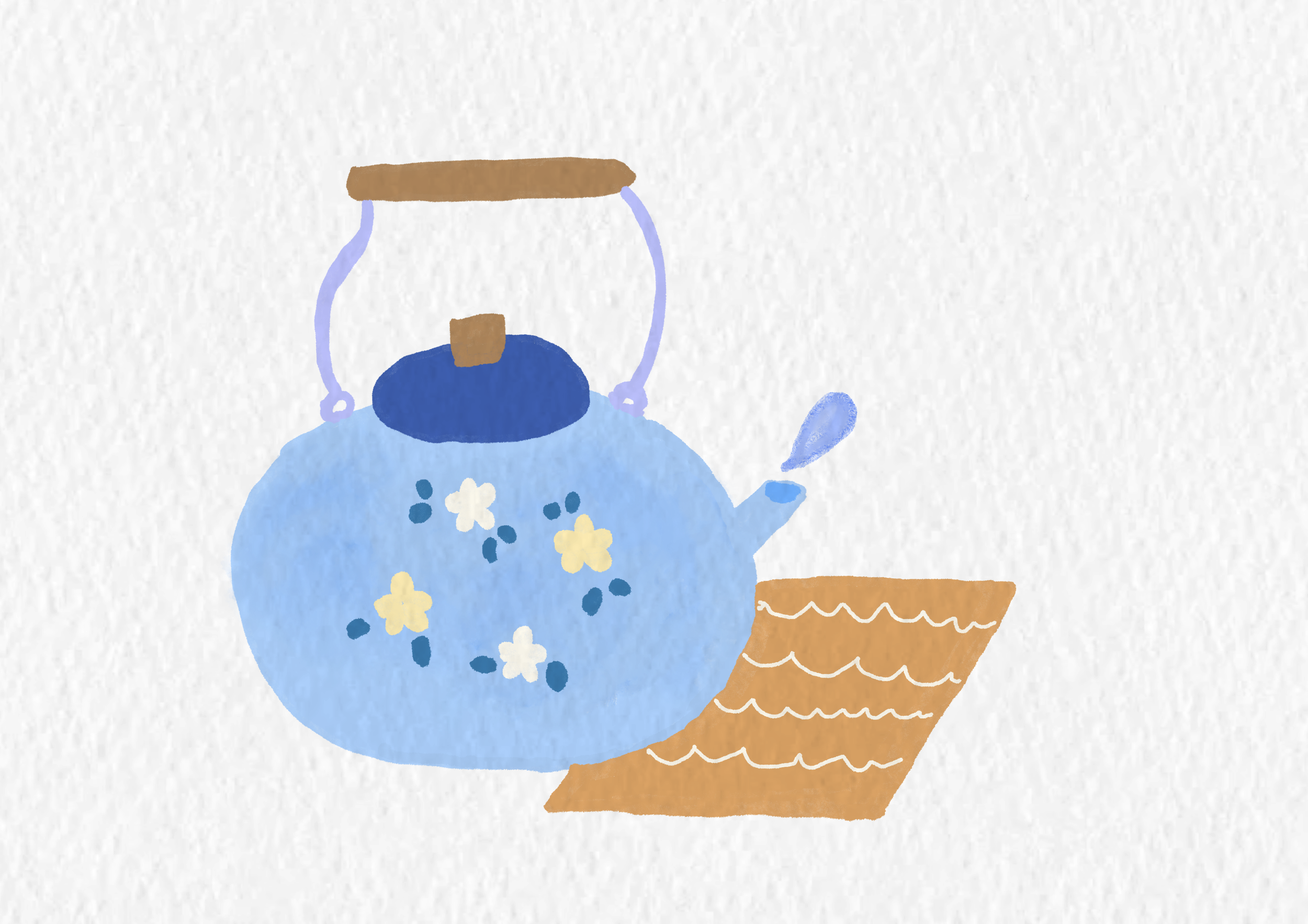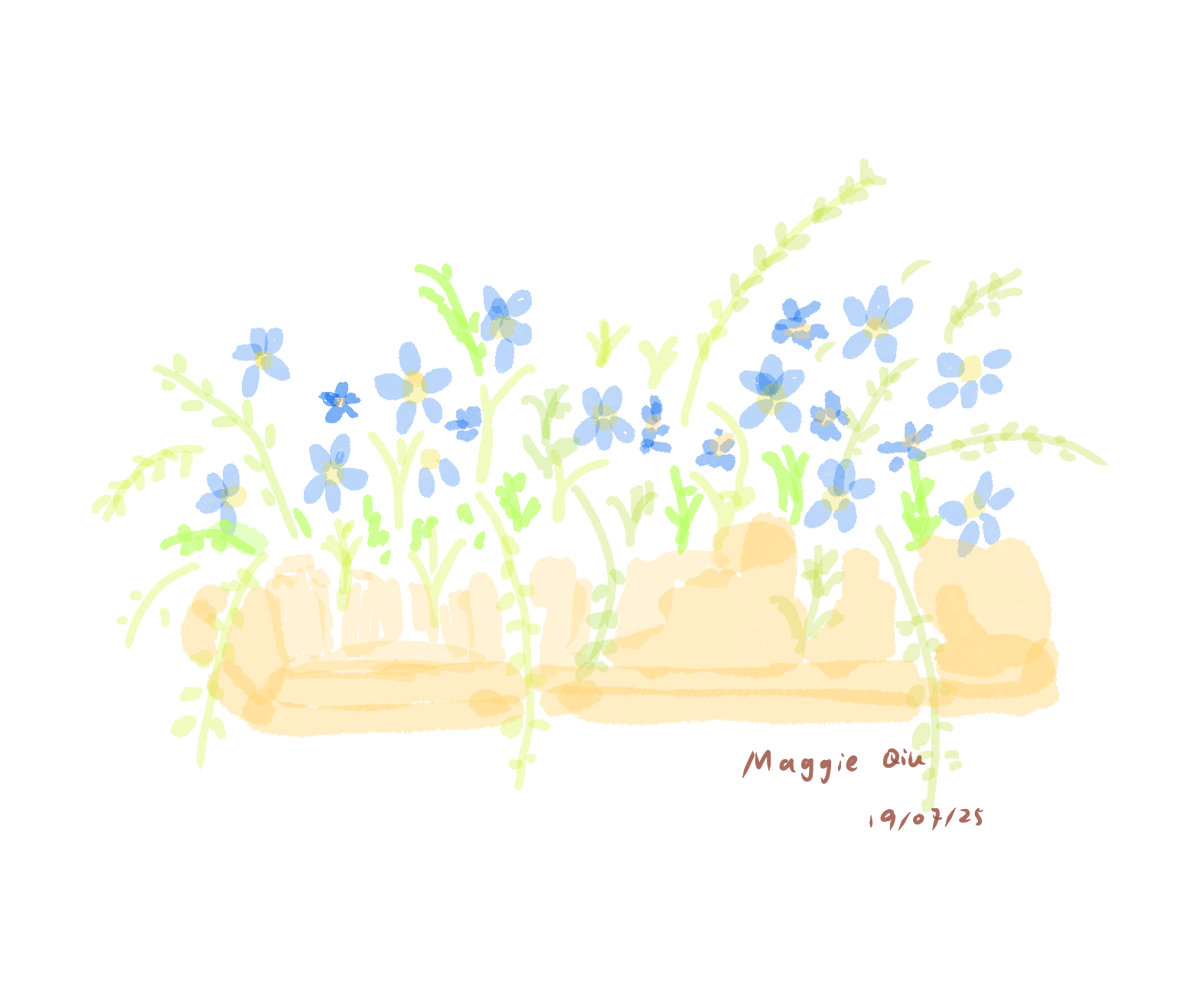Understand Counselling and Art therapy
What is counselling?
Counselling is a safe, confidential space where you can explore your thoughts, emotions, and experiences with a trained professional. It helps you understand yourself better, find clarity, and make empowered choices in life. Therapy is not about giving advice — it’s about helping you reconnect with your own voice and inner strength.
How is counselling different from CBT (Cognitive Behavioural Therapy)?
CBT is a structured, short-term therapy that focuses on changing unhelpful thoughts and behaviours. In contrast, counselling (especially person-centred or integrative therapy) focuses more on your emotional experience, relationships, self-understanding, and long-term growth. While CBT might offer coping tools, counselling helps deepen awareness and healing at your own pace.
How long does therapy usually last?
That depends on your goals. Some clients come for 6–12 sessions and feel better. Others may stay for several months or longer, especially if working through deeper patterns, trauma, or life transitions. You’re always free to decide when to pause or end.
What does 'person-centred' therapy mean?
Person-centred therapy is based on the belief that you are the expert of your own life. As a therapist, I offer empathy, authenticity, and unconditional respect, helping you feel safe to explore what really matters to you. It’s a non-directive approach — rather than giving advice or analysing you, I walk beside you as a companion in your healing.
What is art therapy?
Art therapy is a form of psychotherapy that uses creative expression (drawing, painting, collage, etc.) as a way to explore thoughts and emotions. You don’t need to be good at art — it’s not about creating something beautiful, but about expressing what words cannot say.
Who is art therapy suitable for?
Art therapy can benefit adults, teens, and children, especially those who:
Struggle to express feelings verbally
Have experienced trauma, grief, or anxiety
Are neurodivergent or highly sensitive
Feel overwhelmed, stuck, or disconnected
How is art therapy different from traditional talk therapy?
Art therapy combines verbal reflection with creative processes. Some sessions may focus more on artmaking, others more on dialogue. It helps you access your inner world through images, metaphors, and sensory experiences, often in ways words cannot reach.
Do I need to have artistic skills?
Not at all. Art therapy is about meaning and emotion, not artistic skill. Stick figures, scribbles, abstract shapes — all are welcome. It’s your inner process that matters, not the final product.
Can I have art therapy online?
Yes. I offer online art therapy, and I will guide you in using materials you already have (pens, paper, markers, etc.). You’ll still be able to connect with yourself creatively and reflect deeply — even over the monitor.
What materials do I need?
Nothing fancy! A few simple materials are enough — e.g. paper, coloured pens or pencils, markers, crayons, or any items you enjoy using creatively.
Is art therapy available in Mandarin or Cantonese?
Yes. I offer art therapy in English, Mandarin, and Cantonese, depending on your preference.


